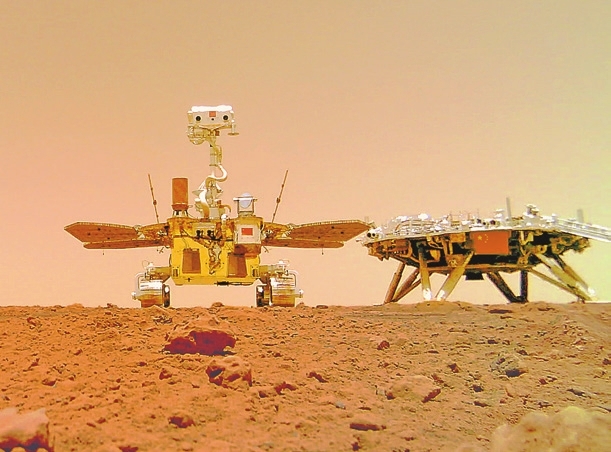
THE Zhurong rover’s latest findings on Martian dunes have shed light on the geological and climate changes that the planet underwent about 400,000 years ago, providing new insights for the study of the climate evolution on Mars, according to a study published in early July in the journal Nature. Mars is the most similar planet to Earth in the solar system. It is thought that the study of its evolution can provide reference for the future of Earth. Windblown sediment activities constitute the most important geological process on Mars since the late Amazonian period, as they record the characteristics of the climate environment and the process of climate change on modern Mars. Researchers at the National Astronomical Observatories of China (NAOC), the Institute of Geology and Geophysics and the Chinese Academy of Sciences’ Institute of Tibetan Plateau Research, in collaboration with their peers at Brown University in the U.S., used the Tianwen-1 orbiter’s high-resolution camera and the Zhurong rover’s terrain and multispectral cameras, surface composition analyzer and meteorological measuring instruments to obtain data from the Martian surface. They analyzed the wind directions and absolute model ages of Martian dunes on the southern Utopian Plain near Zhurong’s landing site by studying their surface structure and impact crater size-frequency distribution. Their findings suggest that the region probably experienced a change in climate marked by a wind direction change approximately 400,000 years ago, coinciding with the end of the Mars ice age, said NAOC researcher Li Chunlai, who led the study. The wind direction in the region shifted nearly 70 degrees from northeast to northwest, eroding bright barchan dunes into dark longitudinal dunes, Li said. The study estimated that the climate change was caused by a change in Martian obliquity. The study helps improve our understanding of Mars’ climate evolution, and could provide reference for predictions of future climate change on Earth. (Xinhua) | 
